Art in progress… Catching up with our Artist in Residence, JC Niala
Earth Trust’s first ever Artist in Residence, JC Niala, has been working through a creative process for the last couple of months, exploring how art, nature and community combine. We interviewed her this week, to hear how the journey has been going, what she has discovered along the way so far, and to pick up a hint or two on what her final legacy artwork piece might look like…
The Artist in Residence programme at Earth Trust aims to harness the power of creativity to reimagine our relationship with nature. By immersing an artist in the iconic landscapes and community of Earth Trust, the initiative aims to ignite wonder, appreciation and understanding of the local environment.

JC is an Oxford-based artist, whose work is deeply rooted in the rhythms and wonders of the natural world, combining poetry, sculpture and other art forms to bring people together in appreciation of nature.
Since joining Earth Trust in January, here at the foot of the Wittenham Clumps, JC has been immersing herself in the breathtaking landscape, drawing inspiration from the voices of the Earth Trust community. Through a series of workshops, guided walks and informal chats, our staff, volunteers and visitors have all been contributing to JC’s journey of exploration, creativity, and connection. Her residency will culminate in a collaborative legacy artwork piece, incorporating nature-inspired designs and words from the community, which will embody the voices, values and profound connection with nature felt by those involved. This artwork will be displayed at Earth Trust Centre for visitors to enjoy, for many years to come.
As she reaches the final stages before her artwork goes in to production, JC shares with us her experiences and insights, to tell us about the magic that unfolds when art, nature and community intertwine.
Can you tell us a bit about your background as an artist and how your relationship with nature has influenced your work?
I started off working with ceramics. It’s literally about getting one’s hands into the earth and making things from what nature is made from. And then from that, I used to carry a sketchbook everywhere (in fact, I need to start doing that again!) and wherever I went, I would make sketches of whatever nature I saw, and write poems and things about my responses to it. It’s a nice way to engage with the world and to engage with nature, because I see being an artist as learning how to see, and learning how to observe, what’s around us. But I also have a complicated relationship with nature, because I have over 40 allergies, half of which are environmental. Most of my childhood was my mum trying to keep me indoors, because when I was outdoors it was not always safe for me. It’s made me appreciate nature even more, I don’t take it for granted.
Can you share a specific moment or experience that’s deeply inspired you as an artist?
Well, it’s the little things. Like doing yoga outside and, you know on yoga mats are these little squares, watching how a tiny ant fits into one as they wander by, there’s something so magical about seeing that. Or hearing birdsong in winter and then realising that you have to look quite hard into the trees to see the birds, even when there’s less leaves, they’re still camouflaged really well.
What drew you to the idea of being an artist in residence here at Earth Trust?
I used to come here for workshops and, from the very first time I came, I’ve always felt at peace. I’ve been here with friends and family but, to be honest, I love coming here by myself. Because I never feel alone when I’m here, because the nature here is so alive, I always feel like I’m in company. And increasingly, I’ve been kind of making peace with the fact that I seem to be an environmental, or nature, artist. So this residency seemed like the perfect opportunity for me to embrace that part of my practice. And also, Earth Trust and I both share a value of making nature accessible.

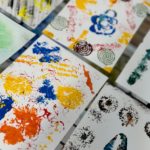
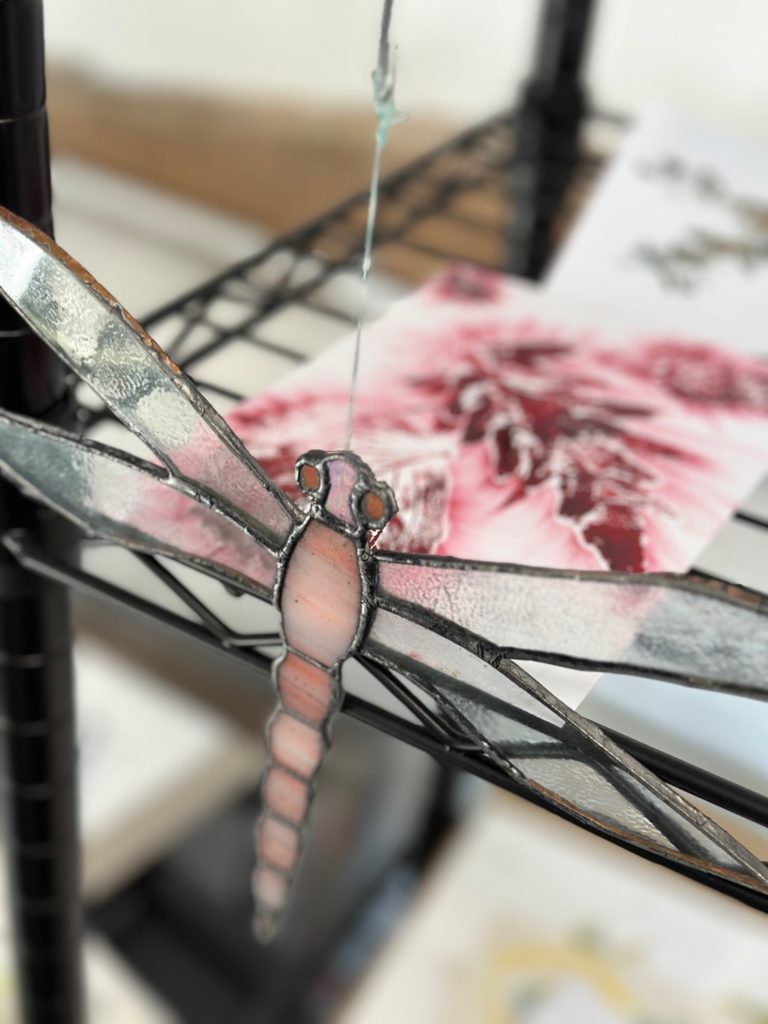
What ways do you think art can help people connect with nature and foster a deeper appreciation for the environment?
So this comes back to when I was younger, and I couldn’t access nature easily myself. It was that bad that sometimes if I went to a music festival for instance, I’d end up in hospital or needing oxygen because of my allergies. But there were people like the great british landscape artists, Constable, Turner, Gainsborough, and they give you a chance to visit nature in your imagination. Then when I was into ceramics, I could engage with nature inside. Because, even though clay comes from the outside, you work with it on the wheel indoors, and I got inspired by women like Magdalene Odundo. It shows the magic of what happens when people in nature collaborate, kind of like Earth Trust. And the thing about art is that it makes you ask questions. And some of those questions can lead to fruitful actions for helping the environment – if you see a painting from decades ago, and then you see the landscape now and see how it’s changed, you have to ask yourself what’s going on. And that kind of stuff is a really fruitful way to think about nature. Art also gives you the tools to make it real. It gives you the tools to realise that you can make a positive difference, you can turn a blank piece of paper into something that can touch somebody else. And that can give you, then, the confidence to do something positive with your environment and the nature around you.
Are there any specific projects or pieces that you’ve worked on during your residency that you’re really excited to share?
I’m working with Endeavor Academy, who are a specialist school and children’s home in Oxford, for children and young people aged between eight and 19 with autism and severe learning difficulties, and who benefit from being in an autism specific environment. They’re regular visitors to Earth School here and I really wanted the pupils to be able to contribute to the legacy artwork, but they weren’t going to be able to participate in the workshops I was giving. So in the end, I met with a teacher from the school and together we worked out how they could still participate, remotely. I sent them all the necessary resources and I can’t wait to see their work in my legacy piece. It’s reminded me that art and nature will always find a way to include everyone.
What can you tell us so far about the legacy artwork piece that you’ve been creating?
Well, it’s on fabric, and it’s using prints, by myself, but also from the workshop participants. The print is going to intermingle with words that I’ve harvested from what people have been telling me. What I like about it is, because the prints are from many different people, and they’re going to end up on the same fabric, it’s as though they’ve been collaborating through time and space. It’s a way for people to ‘meet’ each other on the fabric. The prints are a mixture of things like vegetables, leaves, twigs, and other pieces of nature that people picked up around the space here at Earth Trust. So I feel like the land at Earth Trust is also contributing to the legacy.
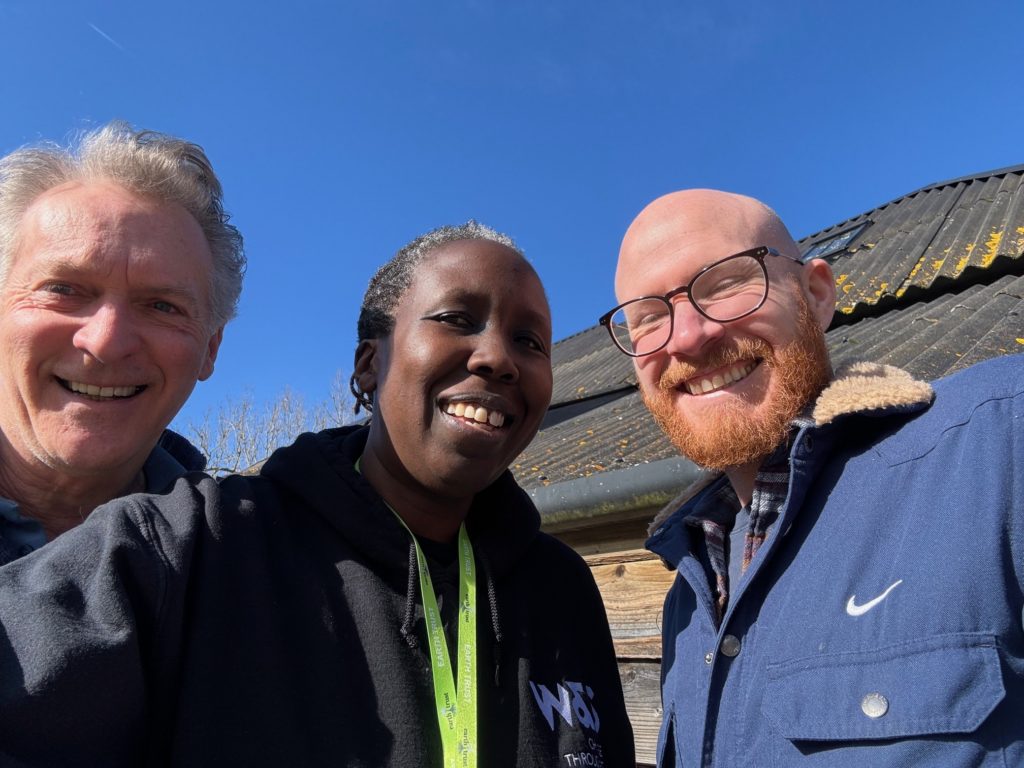
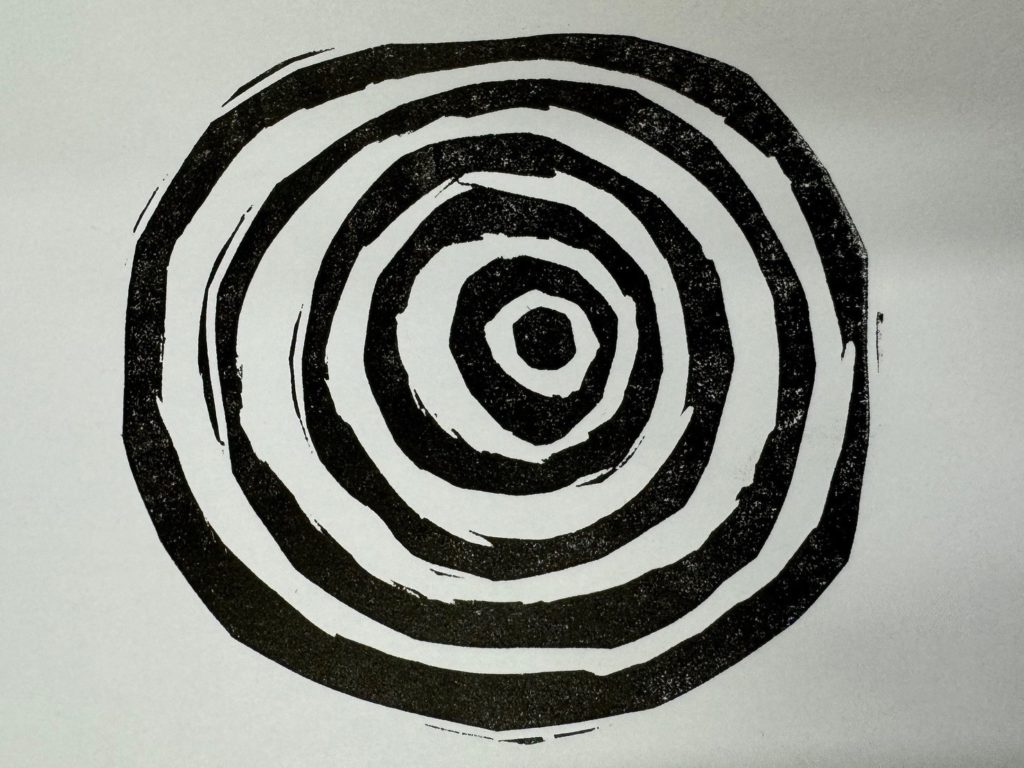
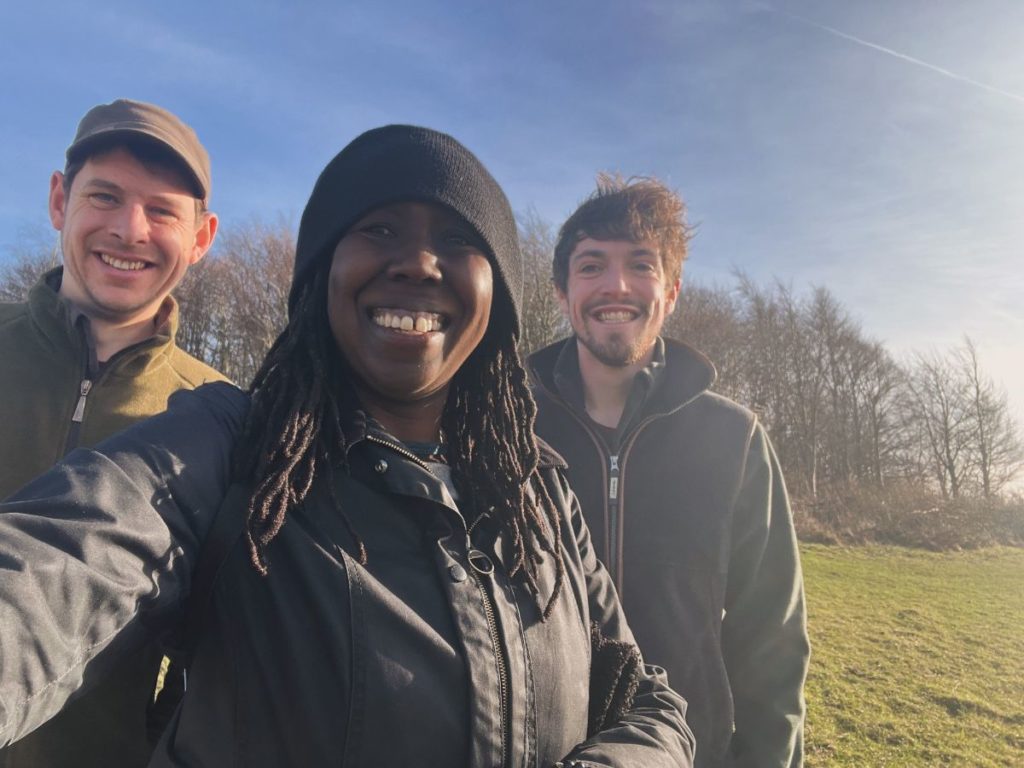
What’s been your favourite moment through this process so far?
Can I have two?! The people, and the place. Because since the residency started, one of the other things I’ve been doing apart from the workshops is to come here every Sunday to work into the evening, and as we move towards spring, it’s been a really beautiful place from which to watch the light come in.
What will you personally take from this experience? Is there anything that surprised you or that you didn’t expect to find out or learn on your journey?
I think it’s embracing myself as an environmental artist, and what it means to work with trust. I really think that Earth Trust lives up to its name as an organisation. When I look at Paradise Wood, or the Thames wetland restoration work, what I experience is an enormous amount of trust in process. It’s really rare, and it’s a really special quality, and I challenge anyone to come here and not be moved by it.
What advice would you give to artists looking to explore their connection with the natural world?
Art is a lot, as I said at the beginning, about seeing and observing, but the natural world does something more – it also encourages you to feel. So, get out into it every day, even if it’s just your local park. Take your sketchbook everywhere (I’m also talking to myself here!). Follow the seasons. And this one is from Earth Trust in particular, trust the process.
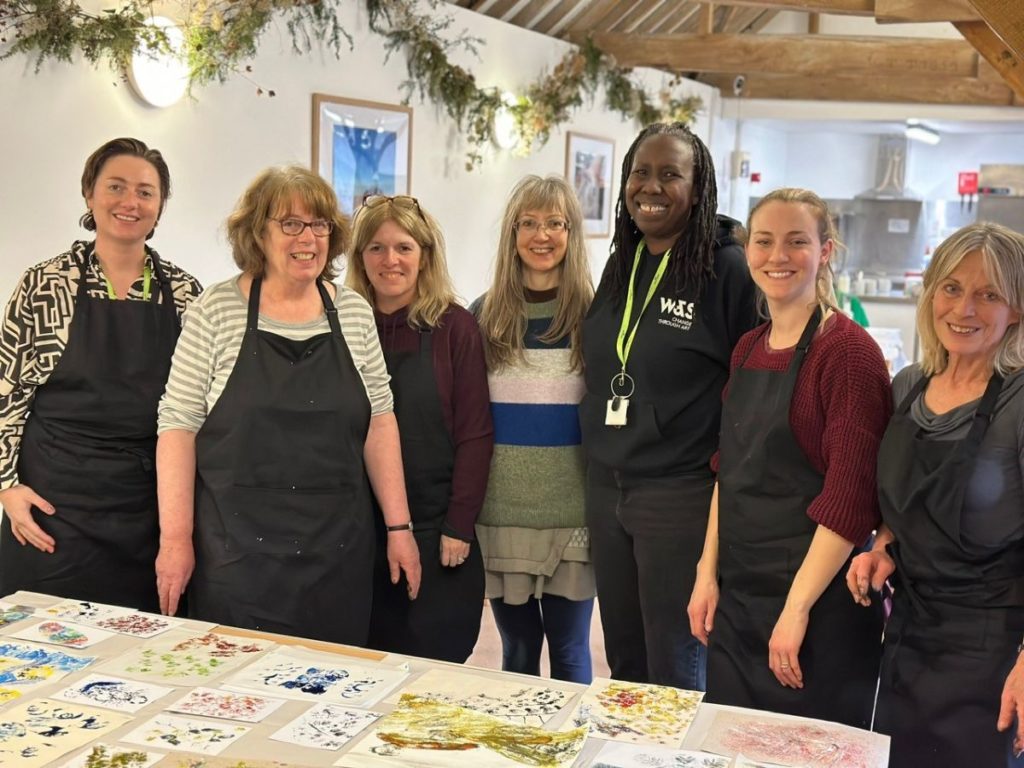
Like nature, art is there for everyone to explore. It has the power to awaken our senses and stir our souls. So, venture outdoors, breathe deeply and tune into your surroundings. Feel the wind on your face and notice the little things. Let your creative juices flow, and who knows what nature will inspire you to create?